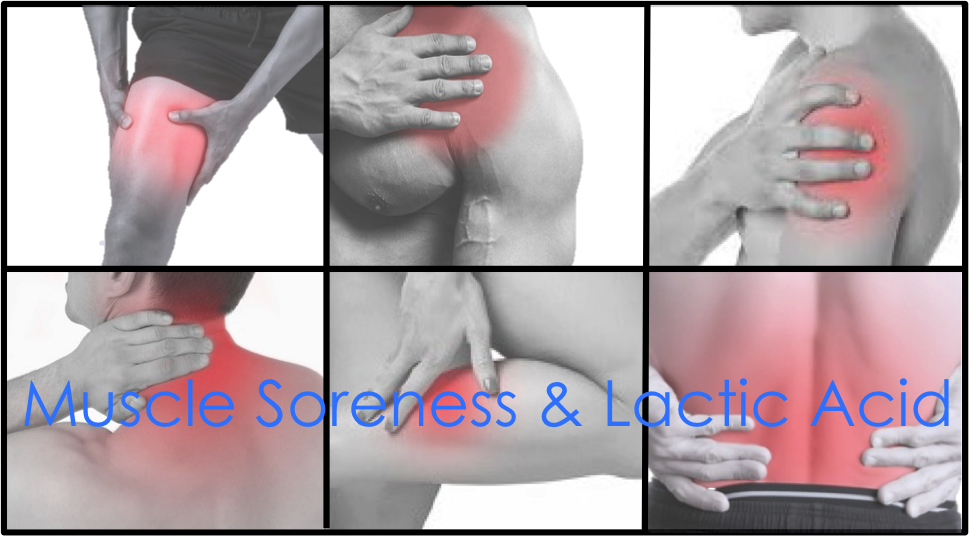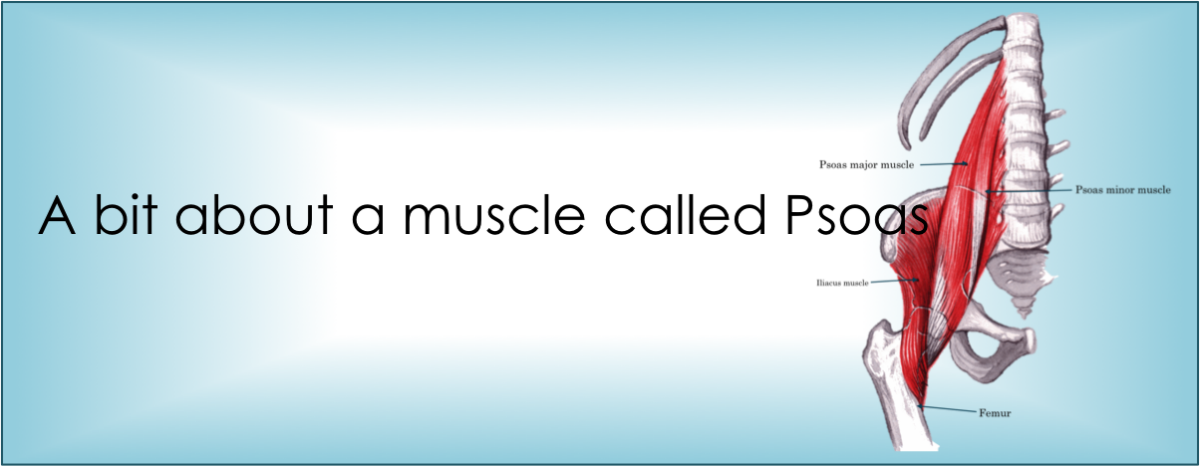Todays post is about muscle soreness and lactic acid.
As the year begins many people start a new exercise or fitness routine. Now for most, including myself, that means some sore muscles. The common belief is that a build-up of lactic acid creates this soreness. However, after conducting some research, I have found that this is not correct.
This is what I have learned.
First, what is lactic Acid?
Lactic acid, or lactate, is actually an organic acid produced by the body. It is formed and accumulated in the muscle under conditions of high-energy demand. This happens when glucose (sugar) is broken down to generate adenosine triphosphate (ATP) for energy in the absence of oxygen.
More about energy and the muscles
When we exercise, our muscles need energy to work and enable our movement. As our bodies work harder to perform strenuous exercise, we begin to breathe faster as we attempt to move more oxygen to our working muscles.
Sometimes, when exercising at a high intensity, our muscles require energy production faster than our bodies can adequately deliver oxygen.
In those cases, the fast-twitch muscle fibres will kick in and start producing energy anaerobically (without oxygen.) This energy comes from glucose through a process called glycolysis. During this process, the glucose is broken down into a substance called pyruvate through a series of steps.
When the body has plenty of oxygen, pyruvate is further broken down for more energy. But when oxygen is limited, the body temporarily converts pyruvate into a substance called lactate, or lactic acid, which allows energy production to continue.
The working muscle cells can continue this type of energy production at high rates for one to three minutes. During this time lactate can accumulate to high levels.
Although blood lactate concentration does increase during intense exercise, it breaks down and is recycled to create more ATP.
Our body naturally metabolises the lactic acid, clearing it out. This conversion also reduces the acidity in the blood, therefore removing some of the burning sensation.
It’s also important to remember that the lactate, or lactic acid itself isn’t ‘bad’. In fact, research suggests that lactate is beneficial to the body during and after exercise in numerous ways.
For example, lactate can be used directly by the brain and heart for energy or converted into glucose in the liver or kidneys. Then it can then be used by nearly any cell in the body for energy.
This is a natural process that occurs in the body. Things such as stretching, rolling, or walking will have little to no impact.
What about the sore muscles?
Studies have found that lactic acid build-up is not responsible for the muscle soreness felt in the days following strenuous exercise. The burning sensation you feel in your legs probably isn’t caused by lactic acid, but instead by tissue damage and inflammation.
Researchers who have examined lactate levels right after exercise found little correlation with the level of muscle soreness felt a few days later. This delayed-onset muscle soreness, (DOMS) as well as loss of strength and range of motion, can sometimes continue up to 72 hours after an extreme exercise event.
Unfortunately, nobody really knows what causes DOMS, despite the fact that there are several scientific theories. The most common theory is that during the exercise the muscle structure and the surrounding connective tissue is damaged. This causes an imbalance of calcium, which leads to further damage.
After this, some inflammation kicks in. This stimulates pain nerves within the space of 48 hours and is accompanied by swelling, which makes the pain worse.
What can we do about it?
Try a massage, which might alleviate your pain, especially when applied 48 hours post-workout. Studies suggest that foam-roller massages can effectively reduce the pain.
A couple of smaller studies conducted recently, suggest wearing pressure garments after your workout and consuming milk protein can also speed up your recovery.
The good news is that DOMS will clear up on its own if you give your body enough rest between workouts.
However you choose to get through the soreness, keep up the exercise, as it is vital for good mental health.
Till the next post,
Live clean n prosper.
Sources – Scientific America – Live Science – Medical News Today –



